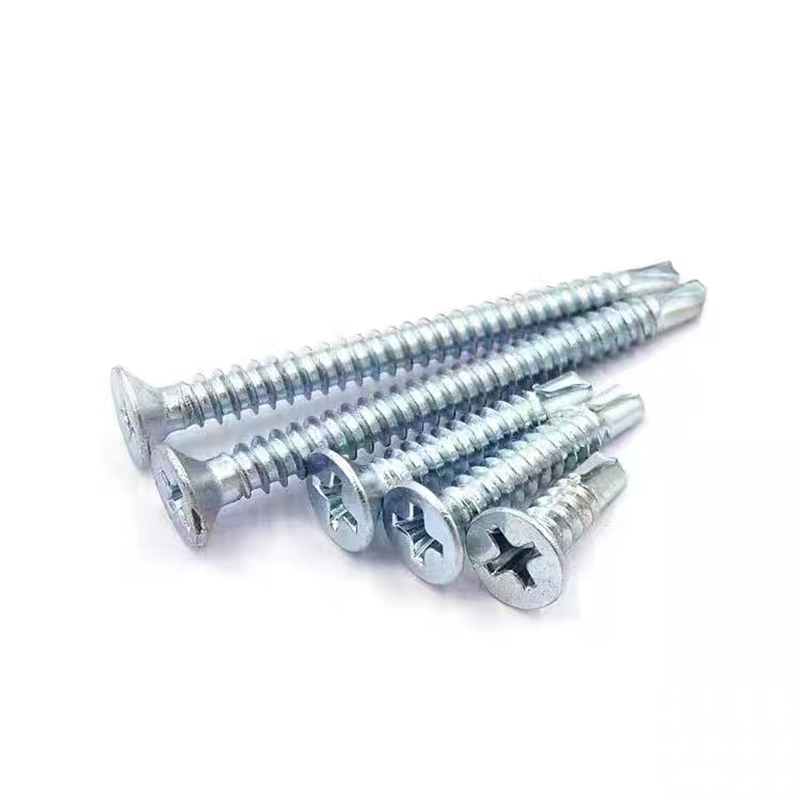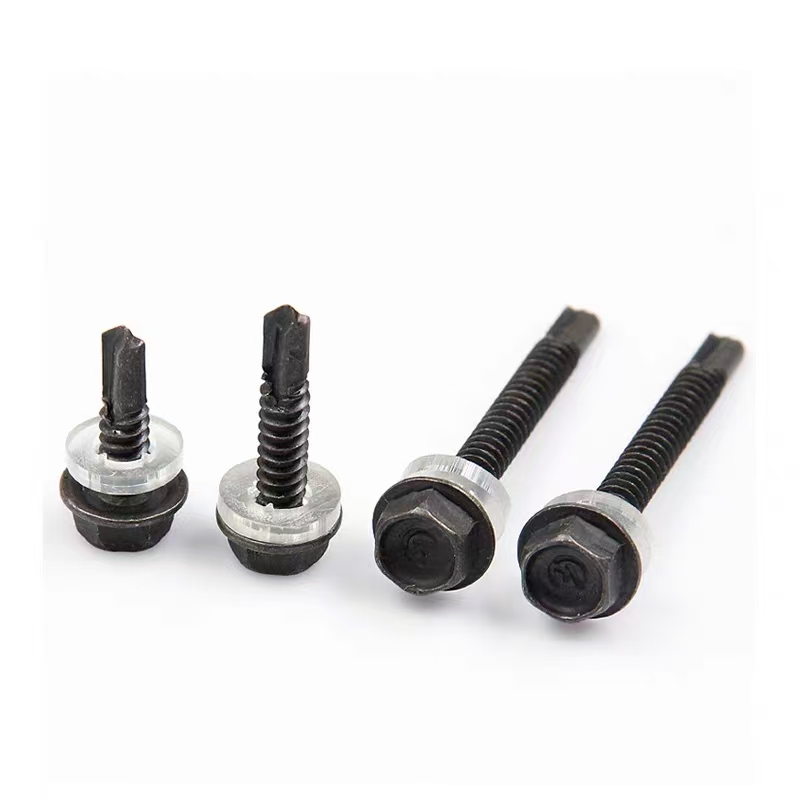- Chinese
- French
- German
- Portuguese
- Spanish
- Russian
- Japanese
- Korean
- Arabic
- Irish
- Greek
- Turkish
- Italian
- Danish
- Romanian
- Indonesian
- Czech
- Afrikaans
- Swedish
- Polish
- Basque
- Catalan
- Esperanto
- Hindi
- Lao
- Albanian
- Amharic
- Armenian
- Azerbaijani
- Belarusian
- Bengali
- Bosnian
- Bulgarian
- Cebuano
- Chichewa
- Corsican
- Croatian
- Dutch
- Estonian
- Filipino
- Finnish
- Frisian
- Galician
- Georgian
- Gujarati
- Haitian
- Hausa
- Hawaiian
- Hebrew
- Hmong
- Hungarian
- Icelandic
- Igbo
- Javanese
- Kannada
- Kazakh
- Khmer
- Kurdish
- Kyrgyz
- Latin
- Latvian
- Lithuanian
- Luxembou..
- Macedonian
- Malagasy
- Malay
- Malayalam
- Maltese
- Maori
- Marathi
- Mongolian
- Burmese
- Nepali
- Norwegian
- Pashto
- Persian
- Punjabi
- Serbian
- Sesotho
- Sinhala
- Slovak
- Slovenian
- Somali
- Samoan
- Scots Gaelic
- Shona
- Sindhi
- Sundanese
- Swahili
- Tajik
- Tamil
- Telugu
- Thai
- Ukrainian
- Urdu
- Uzbek
- Vietnamese
- Welsh
- Xhosa
- Yiddish
- Yoruba
- Zulu
- Kinyarwanda
- Tatar
- Oriya
- Turkmen
- Uyghur

How do wedge bolts enhance power fasteners’ efficiency?
2025-08-11
The efficiency of power fasteners can often be misunderstood or underestimated. When I first delved into this realm, I constantly heard about wedge bolts enhancing performance but saw little concrete explanation on how or why they worked. After years in the industry, it’s clear they offer tangible advantages in specific applications, though not without some caveats. Let’s explore why these tools are vital and how they can make or break a project.
Understanding Wedge Bolts
First, what’s a wedge bolt exactly? In simple terms, it’s a high-strength anchor used primarily in concrete. They’re a favorite among many because of their unique ability to create a secure, lasting hold in challenging materials. From my experience, when properly installed, they rarely fail. This reliability is why they’re found in critical infrastructure, like bridges and tall buildings.
One memorable project involved retrofitting an old office building. We had limited options due to the existing concrete’s age and wear. Regular bolts just wouldn’t cut it. Enter the wedge bolt, which not only provided the needed grip but also simplified the entire installation process. It’s these real-world applications that underscore their utility.
However, they’re not foolproof. Incorrect installation can lead to issues. I’ve seen cases where haste led to improper expansion, drastically reducing their efficacy. It’s always crucial to ensure the correct torque and drilling depth for optimal results.
Efficiency in Application
I often get asked if wedge bolts are worth the investment. Frankly, it’s not just about their raw holding power but the speed and ease of installation. Projects where time is money benefit immensely. One such endeavor was a parking structure that required rapid completion. Thanks to wedge bolts, we minimized labor while maintaining safety standards.
Yet, there are quirks. Variations in concrete density can affect installation. I recall a warehouse project with inconsistent concrete mixes; some areas required additional measures to ensure the bolts’ effectiveness. It was a learning moment that highlighted the importance of thorough site assessment.
Tools and methodology also play a role. Using the right drill and not skimping on the pilot hole ensures that these anchors perform as intended. As an illustration, a colleague once cut corners—opting for a too-small pilot hole—and ended up with shattered concrete. A costly error, indeed.
Performance in Different Environments
Environmental conditions can’t be overlooked. Corrosion is a common concern, especially in coastal or humid regions. Some might opt for coated bolts, but I’ve found that choosing the right material, like stainless steel or galvanized options, offers better long-term solutions. For instance, a dock project where saline exposure was inevitable saw improved longevity with such selections.
Handan Zitai Fastener Manufacturing Co., Ltd. (visit site), located in China’s largest standard part production base, provides various options acknowledging these environmental challenges. Their extensive range ensures that whatever nature throws at your structure, there’s a suitable bolt.
On a practical note, collaborating with reputable suppliers often pays dividends. Comprehensive support and advice can help navigate complex site conditions and ensure efficient outcomes.
Pitfalls and Common Mistakes
It’s easy to overlook small yet significant factors when working with wedge bolts. Underestimating load requirements or failing to account for environmental factors can lead to structural weaknesses. During a collaboration, one team ignored thermal expansion; it was a near catastrophe avoided only by prompt intervention.
Attention to detail extends to the installation technique itself. Ensuring the hole depth matches the bolt specs seems basic, but it’s an easy oversight when rushing. I’ve found that meticulous preparation often separates successful installations from the rest.
Regular training and updates on industry standards can keep potential mishaps at bay. Learning from past mistakes, both personal and shared industry experiences, consistently proves invaluable.
The Spectrum of Wedge Bolt Applications
Looking at the bigger picture, wedge bolts offer versatility across various sectors. From residential to heavy industrial applications, these fasteners are integral components. An unexpected use was in a temporary art installation; the bolts provided the necessary stability without compromising the artistic integrity.
The advent of newer technologies and materials further broadens their application scope. Keeping abreast of these developments ensures that power fasteners remain at the forefront of construction innovation. I’ve witnessed firsthand how staying informed can pivot a project from ordinary to extraordinary.
Ultimately, the choice of using wedge bolts should be grounded in practical needs, informed by comprehensive site analysis and expert consultation. When applied correctly, they undoubtedly enhance efficiency and reliability, but knowing when and how to use them is key.
Conclusion: Crafting the Right Strategy
In conclusion, wedge bolts are more than just another tool in the fastener arsenal—they’re a critical component that can significantly impact project outcomes. Whether it’s the rapid installation, environmental resilience, or diverse applicability, they offer a range of benefits. Understanding these elements and applying them appropriately is where the true efficiency lies. For anyone committed to effective and lasting construction solutions, these insights are worth considering.
At the end of the day, practical experience coupled with judicious selection remains paramount. And as industries evolve, maintaining this balance between innovation and real-world application will continue to drive success stories.












